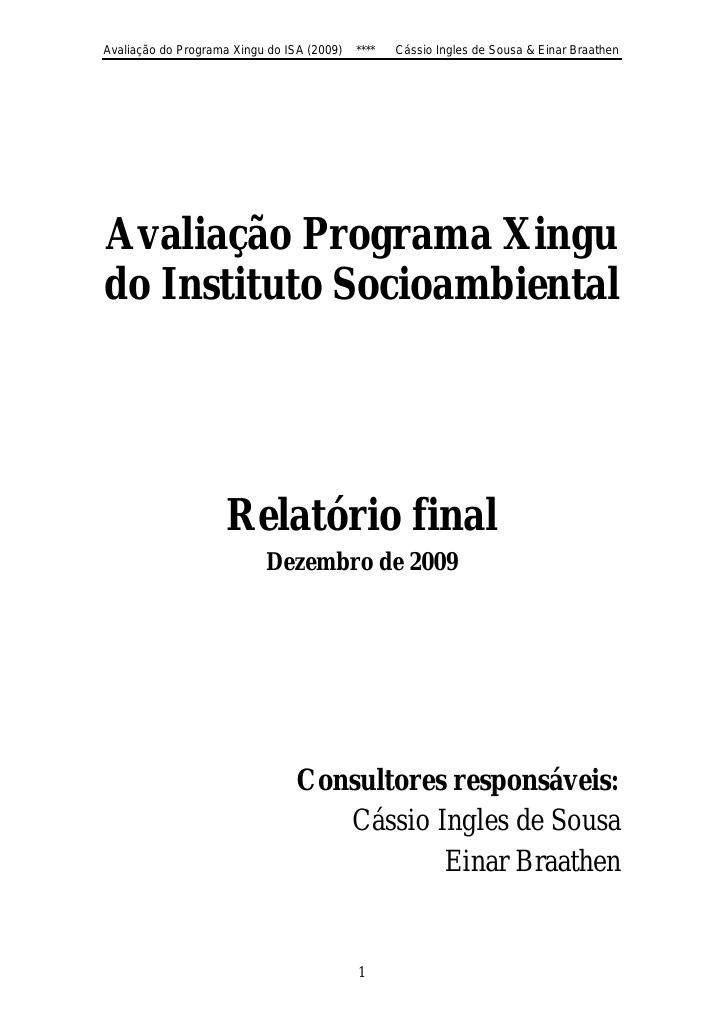Evaluering
Integrated Programme for Xingu
The Xingu River, with its 2.700 km from the state of Mato Grosso into to the state of Pará, is the most important tributary to the Amazon River in the southeast Amazonas. The Xingu Basin, the catchment area surrounding the river, is more than 500.000 km² and includes pristine areas with high biodiversity from the open savanna grasslands (cerrado) in its far south to the rainforests in the north. The sources of the Xingu River are the centre of the most rapidly deforested region of Amazonian Brazil, and perhaps also of the world, during the last years. This deforestation is mainly due to cattle grazing and large scale cultivation, especially of soya, for export markets. The cultural diversity of the region is also remarkable. The indigenous population counts 15 000 persons, divided in 22 peoples, while the basin has a population of around 200 000.Since 1995 the Rainforest Foundation Norway (RFN) has supported the Xingu Programme of Instituto Socioambiental (ISA) and the Associação Terra Indígena Xingu (ATIX). Until 2003 the programme and RFN’s support concentrated on lands of indigenous peoples - Parque Indígena do Xingu and TI (Terra Indígena) Panará. From 2003, however, the programme expanded into the River Xingu basin, as part of the campaign Y Ikatu Xingu, and reached the northern region of the basin, Terra do Meio, in the state of Pará in order to obtain the recognition of a mosaic of nature conservation territories.
